Colombia is best for coffee and emeralds, but the country also has significant surface gold deposits that enabled ancient residents of the area to craft exquisite gold artifacts. Bogota's Museo Del Oro now houses many of those finds from the pre-Colombian era and is widely viewed as the best of its kind in the world as well as one of Bogota’s top attractions.
One comment I’ll make is that I’ve found many museums in many developing countries to be rather poorly curated with much of their collections displayed in a random warehouse like manner
. Colombia, like Mexico, is a major exception to this generalization. In Colombia they do their museums really well!
Most people are familiar with the Aztecs, Mayans, and Incas, but we tend to forget significant civilizations in other parts and eras in pre-Columbian South America. We associate Peru and neighboring Andean regions with the Incas, but the fact is that the Incas emerged as a dominant empire less than two centuries before the Spanish conquest. Earlier civilizations built significant cities and left extensive artwork and artifacts.
I tend to think of other parts of South America as having had relatively primitive cultures like those of many tribes that still inhabit the Amazon Basin, like the until-recently headhunting Jivaros and Shuars. That’s apparently far from the case in many parts of what is now Colombia where different cultures existed regionally and were very advanced in metallurgy and ceramics. Some anthropologists believe the Tayrona tribes in the Caribbean region even had an understanding of astronomy comparable to that of the Mayans.
Anyway, Bogota’s Gold Museum is the biggest of its kind in the world. I particularly liked the way it was laid out with individual halls dedicated to the works of each of the different peoples of pre-Hispanic Colombia – the Muisca, Tayrona, Calima, Quimbaya, Zenu, Tolima, Tierradentro, San Agustin, and Uraba. Other parts detail the metallurgical processes used to produce the artefacts and top floor galleries display specific articles from multiple cultures that were used in religious ceremonies and by tribal shamans. On, and unusually for South America, the signage is all in English as well as Spanish!
Museo de Oro - Colombia's Most Famous Museum
Sunday, April 03, 2016
 Bogota, Colombia
Bogota, Colombia
Other Entries
-
38Casco Viejo - Panama City's Gentrifying Old Town
Mar 1123 days prior Panama City, Panamaphoto_camera96videocam 0comment 0
Panama City, Panamaphoto_camera96videocam 0comment 0 -
39Panama City - Like Miami Except With More English
Mar 1222 days prior Panama City, Panamaphoto_camera103videocam 0comment 0
Panama City, Panamaphoto_camera103videocam 0comment 0 -
40San Blas Islands - Sailing Through the Caribbean
Mar 1321 days prior El Porvenir, Panamaphoto_camera71videocam 0comment 0
El Porvenir, Panamaphoto_camera71videocam 0comment 0 -
41Sailing to Colombia on the M/S Quest
Mar 1519 days prior El Islote, Colombiaphoto_camera57videocam 0comment 0
El Islote, Colombiaphoto_camera57videocam 0comment 0 -
42Old Cartagena - Jewel of Spanish Caribbean
Mar 1717 days prior Cartagena, Colombiaphoto_camera150videocam 0comment 0
Cartagena, Colombiaphoto_camera150videocam 0comment 0 -
43Santa Marta - Gateway to the Sierra Nevada
Mar 1816 days prior Santa Marta, Colombiaphoto_camera36videocam 0comment 0
Santa Marta, Colombiaphoto_camera36videocam 0comment 0 -
44Ciudad Perdida Trek Part I - Four Days on Trail
Mar 2014 days prior Don Diego, Colombiaphoto_camera84videocam 0comment 0
Don Diego, Colombiaphoto_camera84videocam 0comment 0 -
45Ciudad Perdida Trek Part II - The Lost City
Mar 2113 days prior La Ciudad Perdida, Colombiaphoto_camera55videocam 0comment 0
La Ciudad Perdida, Colombiaphoto_camera55videocam 0comment 0 -
46The Guajira Peninsula - Northernmost South America
Mar 259 days prior Punta Gallinas, Colombiaphoto_camera90videocam 0comment 0
Punta Gallinas, Colombiaphoto_camera90videocam 0comment 0 -
47Medellin - City of the Eternal Spring
Mar 286 days prior Medellin, Colombiaphoto_camera107videocam 0comment 0
Medellin, Colombiaphoto_camera107videocam 0comment 0 -
48Medellin - Innovation in Transportation
Mar 295 days prior Medellin, Colombiaphoto_camera48videocam 0comment 0
Medellin, Colombiaphoto_camera48videocam 0comment 0 -
49El Poblado - Medellin's Zona Rosa
Mar 304 days prior Medellin, Colombiaphoto_camera55videocam 0comment 0
Medellin, Colombiaphoto_camera55videocam 0comment 0 -
50Santa Fe de Antioquia - Colonial Era Beauty
Mar 313 days prior Santa Fe de Antioquia, Colombiaphoto_camera78videocam 0comment 0
Santa Fe de Antioquia, Colombiaphoto_camera78videocam 0comment 0 -
51Fat is Beautiful - The Art of Fernando Botero
Apr 012 days prior Medellin, Colombiaphoto_camera127videocam 0comment 0
Medellin, Colombiaphoto_camera127videocam 0comment 0 -
52Bogota - Colombia's Megacity Capital
Apr 021 day prior Bogota, Colombiaphoto_camera67videocam 0comment 0
Bogota, Colombiaphoto_camera67videocam 0comment 0 -
53March Against FARC - Thousands Rally in Colombia
Apr 021 day prior Bogota, Colombiaphoto_camera87videocam 0comment 0
Bogota, Colombiaphoto_camera87videocam 0comment 0 -
54Art, History, Anthropology -Bogota's Great Museums
Apr 03earlier that day Bogota, Colombiaphoto_camera68videocam 0comment 0
Bogota, Colombiaphoto_camera68videocam 0comment 0 -
55Museo de Oro - Colombia's Most Famous Museum
Apr 03 Bogota, Colombiaphoto_camera52videocam 0comment 0
Bogota, Colombiaphoto_camera52videocam 0comment 0 -
56La Candelaria - Bogota's Old Town
Apr 03later that day Bogota, Colombiaphoto_camera82videocam 0comment 0
Bogota, Colombiaphoto_camera82videocam 0comment 0 -
57Zipaquira - Cathedral in a Salt Mine
Apr 041 day later Zipaquira, Colombiaphoto_camera63videocam 0comment 0
Zipaquira, Colombiaphoto_camera63videocam 0comment 0 -
58Last Day in Colombia -Obligatory Coffee Finca Tour
Apr 052 days later Fusagasuga, Colombiaphoto_camera39videocam 0comment 0
Fusagasuga, Colombiaphoto_camera39videocam 0comment 0

 Bogota, Colombia
Bogota, Colombia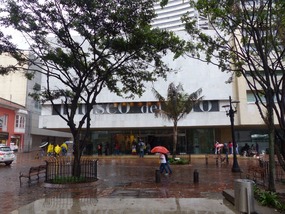


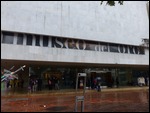
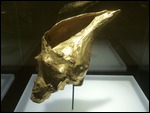

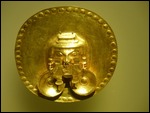
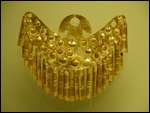
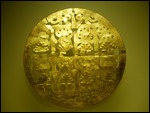
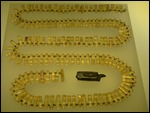
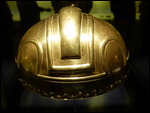
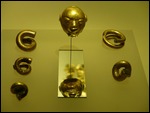
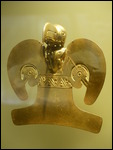
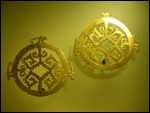
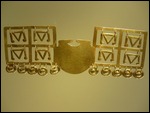
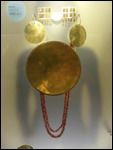
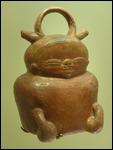
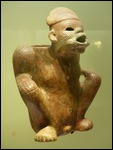
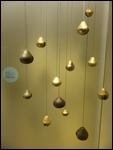
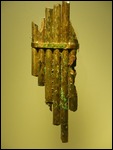
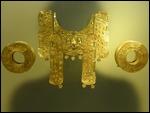
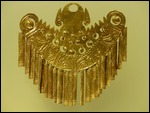
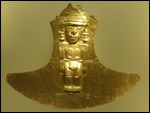
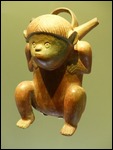
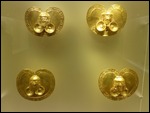
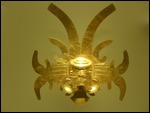
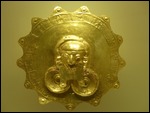
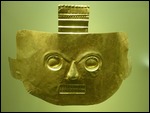
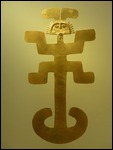
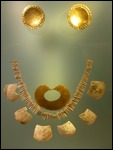
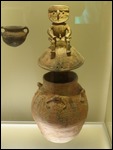

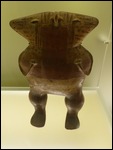
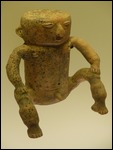
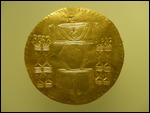
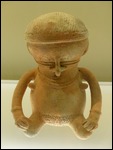
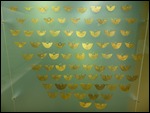
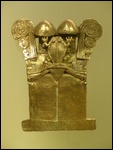
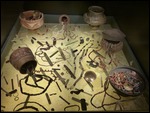
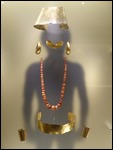
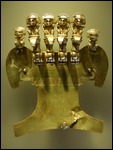
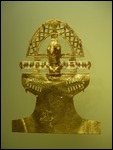

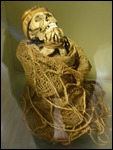

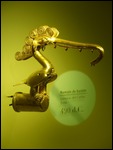
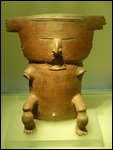
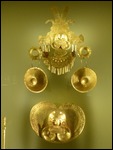
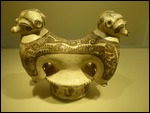
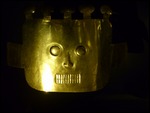
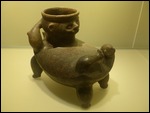
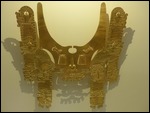
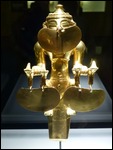
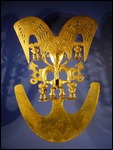
2025-05-22